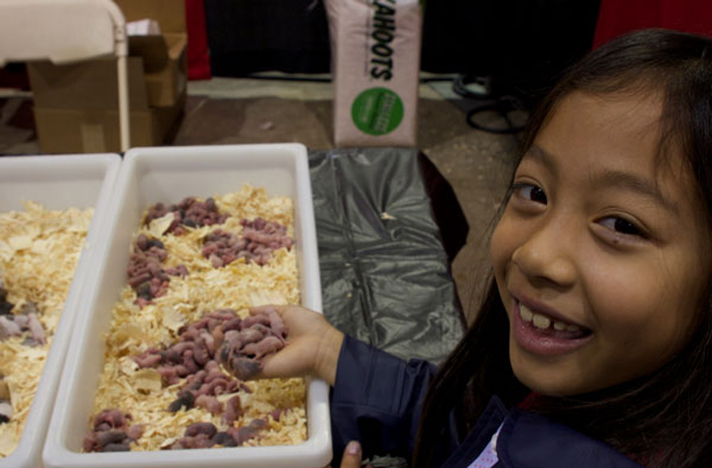Newborn pinkie, pinkie, peach fuzzy, fuzzy, crawlie, hopper, weanling, sub-adult, adult, and retired breeder
Question: Is there standard terminology to describe the various sizes of frozen rodents? How can I assure I get the sizes I need when one person’s pinkie is another person’s fuzzie?
Kylie Amberstone, Amarillo, Tex.
Answer: It’s an interesting dilemma, and funny how the common size designations for mice, for instance — ones that are solidly defined in my mind after decades in the trade — could be confusing to some people. But I do see your point.

john virata
These are pinkie mice. The feeders in the bin to the left are called fuzzies.
There is no official or standardized size description for this niche. You may have to resort to requesting measured lengths, girths, or weights, but the drawback is that rodent suppliers may not have the time or desire to check whether their rodents measure up to your specs.
Want To Learn More?
What Foods to Feed Your Reptiles
Some suppliers do sell rodents by weight, and investing in an inexpensive gram scale to help you get used to gauging rodent sizes by weight would be well worth your while. Then when you find suppliers whose products meet your expectations in regard to rodent size consistency, stick with them.
As you’ve probably already learned, sizes within any order can still vary somewhat. If you order 100 pinkie mice, for instance, and find they range in size, select the smallest first to feed off and save the larger ones for later. Baby herps grow rapidly, and you may find the range of prey sizes works well over the time needed to use them up.
I’ve used a handful of terms so often for so long that I tend to think of them as standardized for mice, live or frozen. They are: newborn pinkie, pinkie, peach fuzzy, fuzzy, crawlie, hopper, weanling, sub-adult, adult, and retired breeder. I’d like to believe my names are descriptive and generally recognizable by most seasoned herpers, but that still may not clear things up much unless you’ve handled mice for eons, as I have, and can picture those sizes mentally.
I’ve needed specific rodent sizes for herps I’ve raised in captivity that are very fussy about the sizes of the food items they’ll accept. Watching corn snakes (Pantherophis guttatus) grow from hatchlings to older adults will give you that kind of experience. That is why I’ve maintained colonies of domestic mice, and often rats, too, almost continuously for more than four decades. The convenience of having the sizes I need outweighs the hassle to me. You may wish to explore that option, too, even if only on a small scale, so the critical sizes you need are always available.
Bill Love photographs herps in nature, writes and lectures. He assists his wife, Kathy, with her business, CornUtopia, and via his company, Blue Chameleon Ventures, leads nature tours to view herps in Madagascar.



